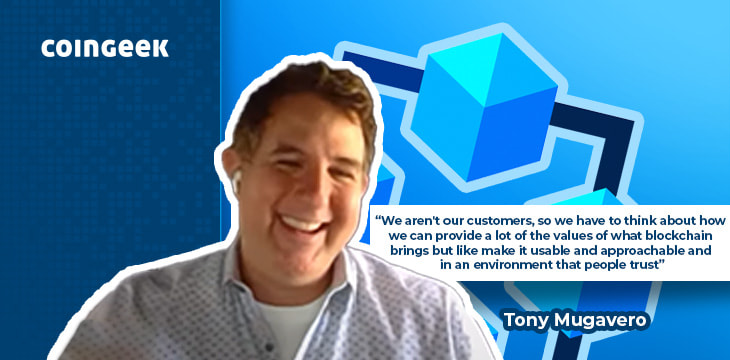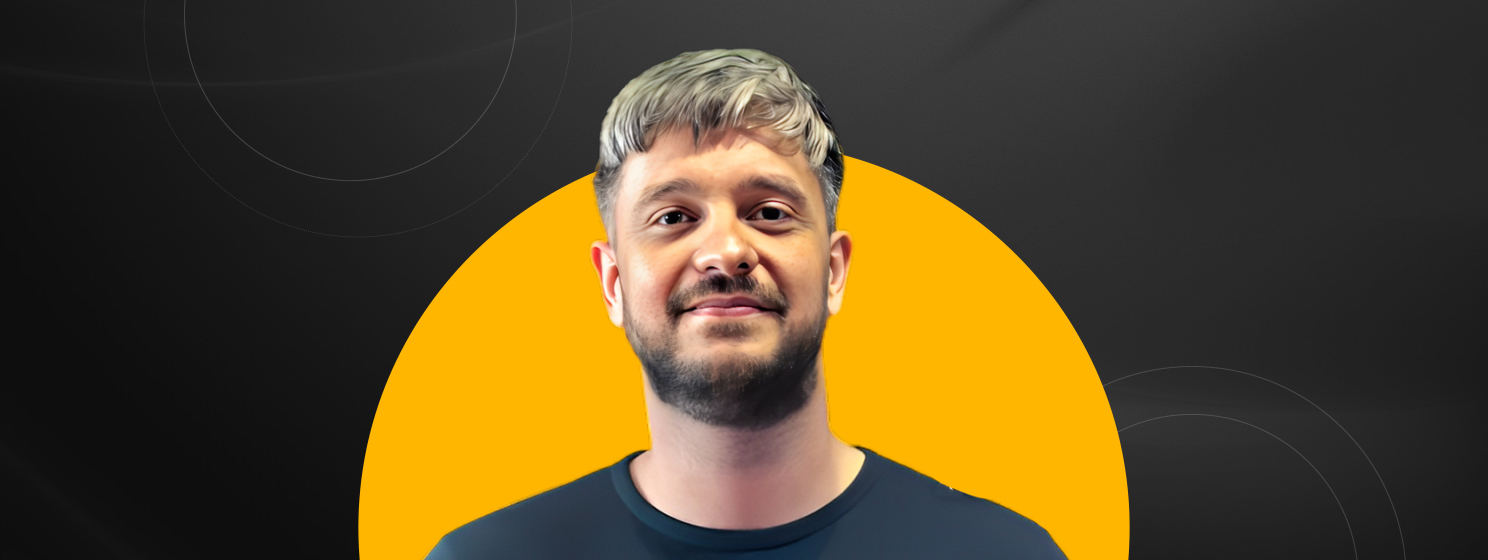
|
Getting your Trinity Audio player ready... |
Kurt Wuckert Jr. talked to Tony Mugavero from Rad on this week’s episode of the CoinGeek Weekly Livestream. The duo discussed NFTs, content distribution, disrupting the big streaming services, and much more.
Introducing Tony Mugavero
Tony Mugavero is the CEO of both Rad and ROW8. He has always loved media, DJing, and producing music from a young age before getting into the technical side of live streaming in New York. He has always been fascinated by the technology side of the media business and has always had a forward-thinking approach to it.
“Clearly, blockchain is the future of media,” Mugavero says, noting how new media companies are almost always formed around new technological breakthroughs. He and his team started Rad to capitalize on blockchain technology.
What is Rad? What is it becoming?
Wuckert asks Mugavero to define Rad and what it is for the audience. He replies that he sees the future of the company as a Web 3.0 streaming platform. He noted that there wasn’t a lot of support for video in the space—everything was JPEGs. Supporting video is a “whole new class of problems,” he states, noting how he saw the opportunity to create such a platform.
From a content perspective, Mugavero wanted to build a platform for the thousands of independent artists and studios that Netflix and Hulu no longer care about. From a tech perspective, Rad was initially a VR platform, and they quickly got content agreements with Disney, FOX, Discovery, and other media giants. However, VR started to stall, and everybody started to dial back on it, so they took stock of their strengths and looked at what might come next.
Like many others, the team started playing around with smart contracts on Ethereum. They had the idea for a decentralized content platform, and as there was no NFT standard yet, they invented their own. Mugavero returned to the major studios he had built relationships with and started promoting the notion of blockchain-based streaming to them.
The Rad team had to push through the ‘crypto winter’ that engulfed everything post-2017, but they eventually got there, and by 2021 they had decided to go all in on the idea of a Web 3.0 streaming platform.
Have they gotten away from VR altogether? Yes, Mugavero says. They’re focused on traditional video content, but they do have VR apps. Traditional video content can be streamed into VR headsets, and Mugavero sees an opportunity there, particularly for the gaming industry.
What are the NFTs used for? What is the Web 3.0 experience in Rad?
“There are different ways that people want to sell video content,” Mugavero says. He remembers the days when you could buy a collectors edition DVD for a higher price, and he sees how blockchain technology can enable this sort of thing. Content creators could sell video content as a one-off, as one of a thousand, or in an unlimited way.
Going further, Mugavero paints a picture of a future in which creators could be paid royalties if the characters they create as NFTs are used in content. He says the opportunity for intellectual property rights and community building is enormous.
Wuckert notes one of the major problems in the space is that everyone has their favorite blockchain, and they’ll join apps on them, which are essentially walled gardens with a few thousand users. He asks how Rad is bridging the gap. Mugavero says that, right now, the only companies making any money are digital currency exchanges, and he feels Web 2.5 is the real opportunity. The whole reason OpenSea popped off is that you could pay with dollars, he reminds us, pointing out that consumers don’t care whether the platform is on BSV or Solana as long as it’s easy to use.
“Content is crucial,” Wuckert agrees, but he emphasizes that BSV is the only one capable of distributing it at scale. However, he notes it’s a hard road, and those building applications don’t always know this. It takes sales, he points out. Mugavero agrees, but he says all of the technical stuff must be in the background. The user can’t even experience a gas fee or a fluctuating price once, or they’ll never use the service again.
Having the right to stream content on-chain (because you have purchased the right) is hugely beneficial, Mugavero notes. Having it as such would allow someone to go to any platform that streams content and play what they’ve bought the rights to, no matter where they are in the world.
What is Rad doing differently that others could learn from?
Wuckert asks Mugavero what the company is doing that others could learn from in terms of managing expectations, marketing, how the business works, etc.
Mugavero says that, from a distribution service, if you open everything up entirely in a decentralized way, you end up with the worst of the worst content. If anybody can upload something, you get some gems and a lot of garbage. While people care about the freedom that comes with that sort of completely open network, most would-be customers don’t. They want quality content.
Also, Mugavero says that the way content businesses work today is that companies like Disney own the content and rent it to you. He wants to get out of the way of the creators and the fans and let them connect directly. Rad will also buy into the projects on its platform, actively supporting artists. He notes this is a completely different attitude to how streaming services operate today.
Did Mugavero and the Rad team set out to solve the problems inherent to the streaming business model today? Yes, he says. They saw the fragmentation into dozens of different streaming services happen in real-time. He says that this is Rad’s competitive advantage; if the big services tried to compete with them, they would fundamentally destroy their business models.
Watch: Live Streaming & Blockchain

 11-22-2024
11-22-2024


